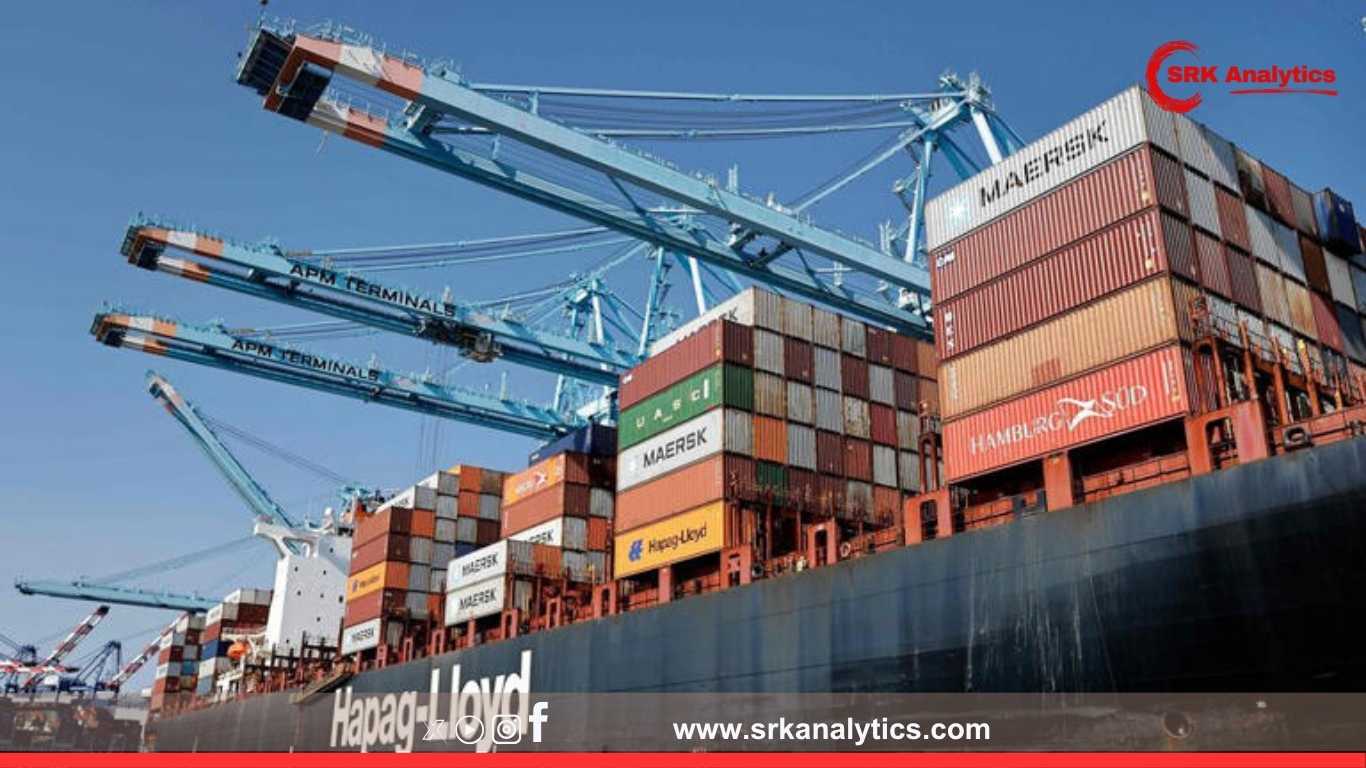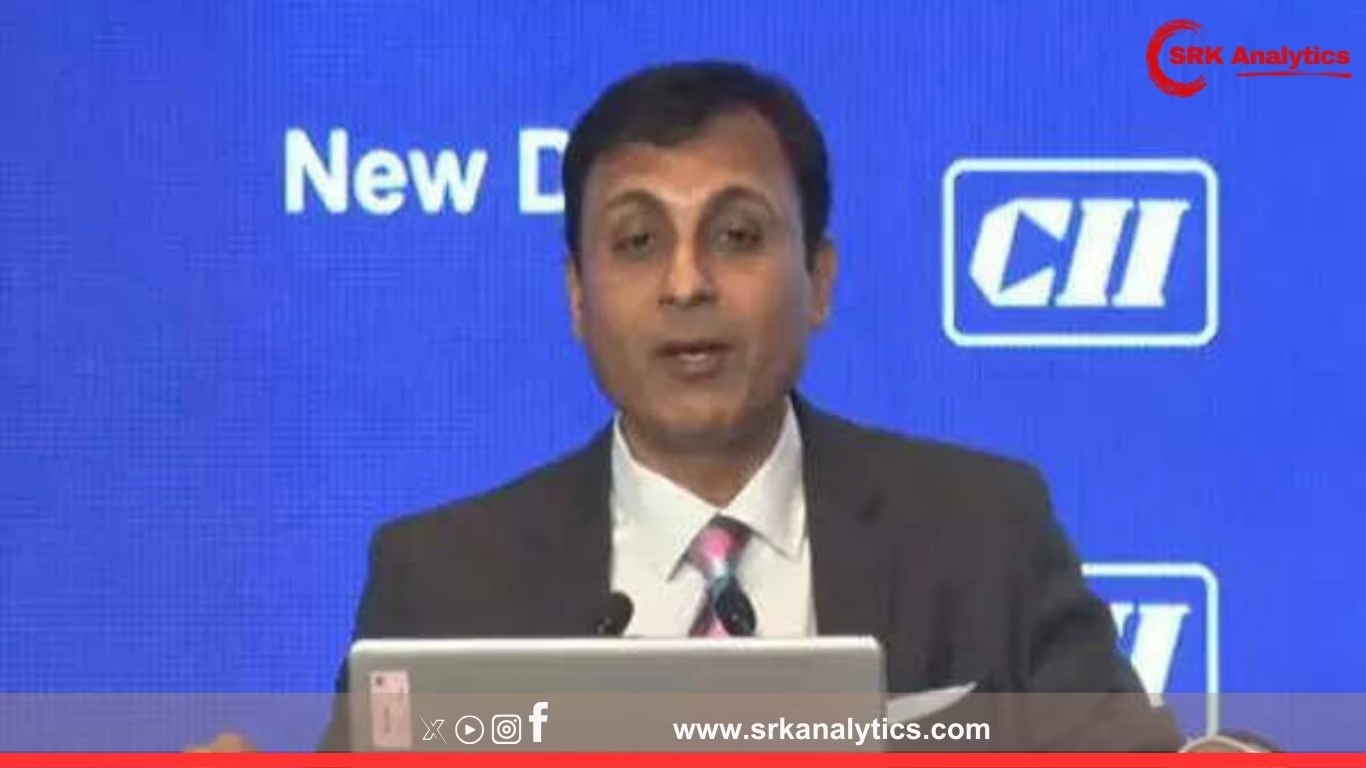India is poised to emerge as a major beneficiary of ongoing global tariff-led trade realignments, according to a recent assessment by Moody’s Investors Service. The global credit rating agency highlighted that India’s competitive manufacturing landscape, proactive trade diplomacy, and reforms in ease of doing business place it favourably amid shifting supply chains and trade diversion away from traditional manufacturing hubs like China.
Key Highlights Of Moody’s Report
Moody’s report underscored several macroeconomic and structural factors contributing to India’s potential gains:
- Trade Diversion From China: Global firms are actively pursuing China+1 or China+2 strategies to de-risk operations. Rising US and European tariffs on Chinese goods are accelerating this shift, positioning India as a natural alternative.
- Competitive Labour Market: With one of the youngest workforces among major economies, India offers competitive wage structures that are attractive for manufacturing-intensive industries such as electronics, textiles, and light engineering.
- PLI Schemes Impact: Production Linked Incentive (PLI) schemes covering sectors like mobile phones, semiconductors, solar equipment, pharma, and EV batteries are driving investment inflows, creating integrated local supply chains.
- Improved Trade Diplomacy: India’s trade agreements with Australia (ECTA) and UAE (CEPA) and ongoing negotiations with UK, EU, and GCC countries are enhancing market access for Indian goods and services.
- Geopolitical Stability Advantage: Compared to other emerging economies, India’s relative political stability and neutral stance in global geopolitical conflicts make it a reliable partner for Western firms looking to diversify sourcing and manufacturing bases.
Tariff-Led Trade Shifts: Context
Over the past year, the US and EU have imposed higher tariffs on Chinese electric vehicles, semiconductors, solar modules, steel, and aluminium products citing national security, overcapacity, and unfair subsidies. This has incentivised companies to look at alternative production bases, mainly across South and Southeast Asia.
| Country/Region | Recent Tariff Action | Target Sector |
|---|---|---|
| US | 100% tariff on Chinese EVs | Electric Vehicles |
| EU | 38% average tariff on Chinese solar modules | Solar equipment |
| US | 25% tariff on Chinese steel and aluminium | Metals & Mining |
| EU | Anti-dumping duties on Chinese semiconductors | Semiconductors |
India’s Potential Beneficiary Sectors
According to Moody’s, the following sectors in India stand to gain significantly:
- Electronics Manufacturing: Led by Apple’s and Samsung’s expansion, along with investments by Foxconn, Pegatron, and Dixon Technologies under PLI schemes.
- Pharmaceuticals: India’s API and formulation exports are rising as global buyers reduce dependence on Chinese inputs.
- Textiles & Garments: Global apparel brands are sourcing more from India to diversify beyond China, Bangladesh, and Vietnam.
- Auto Components & EVs: Investments in lithium-ion battery manufacturing, auto electronics, and EV components are gaining momentum.
- Solar & Renewable Energy Equipment: Indian solar manufacturers are ramping up capacity to meet domestic needs and export to US/EU amid China tariffs.
Recent FDI And Manufacturing Announcements
| Company | Investment (₹ crore) | Sector | Announcement Period |
|---|---|---|---|
| Apple suppliers (Foxconn, Pegatron, Wistron) | 45,000+ | Mobile manufacturing | Last 12 months |
| Micron Technology | 22,500 | Semiconductor assembly & testing | June 2024 |
| Tata Electronics | 15,000 | Semiconductor packaging | Jan 2025 |
| ReNew Power | 12,500 | Solar cell & module manufacturing | March 2025 |
| Hyundai Motors | 20,000 | EV production expansion | April 2025 |
Analysts’ Views
- Moody’s Senior VP Christian de Guzman:
“India’s low-cost manufacturing base, combined with proactive industrial policies and stable macroeconomic fundamentals, will attract incremental investments in sectors impacted by tariff realignments. However, infrastructure readiness and regulatory simplification remain critical to sustain long-term gains.” - ICICI Securities:
“India’s share in global manufacturing exports remains modest compared to China and Vietnam, but with sustained policy continuity and supply chain integration, a steady rise over the next decade is expected.”
Challenges Ahead
Despite the positive outlook, Moody’s flagged key constraints that could limit India’s full potential:
- Infrastructure Bottlenecks: Logistics inefficiencies, high power costs in some states, and port congestion issues need urgent resolution.
- Skill Mismatch: While labour is abundant, there is a skill gap in high-tech manufacturing which requires accelerated skilling initiatives.
- Regulatory Complexity: Streamlining land acquisition, environmental clearances, and operational approvals remains crucial.
- Global Competition: Vietnam, Thailand, and Mexico continue to offer strong manufacturing ecosystems and faster turnaround for investors.
India’s Trade And Manufacturing Snapshot
| Indicator | FY25 | FY24 | Growth (%) |
|---|---|---|---|
| Merchandise Exports | $451 billion | $436 billion | +3.4% |
| Services Exports | $360 billion | $340 billion | +5.8% |
| Manufacturing FDI Inflows | $26 billion | $20 billion | +30% |
| PMI Manufacturing (June 2025) | 58.7 | 58.4 | Sustained expansion |
| Electronics Production Value | ₹10.2 lakh crore | ₹8.9 lakh crore | +15% |
Government Policy Support
To capitalise on tariff-led shifts, the Government of India is accelerating:
- PLI 2.0 schemes for solar, semiconductors, green hydrogen, EVs, and telecom.
- Industrial corridor development under the National Infrastructure Pipeline (NIP) to enhance last-mile connectivity.
- Skilling initiatives under PM Kaushal Vikas Yojana 4.0 focusing on AI, electronics, robotics, and green technologies.
- Trade agreements with EU, GCC, UK, and Canada to diversify export markets further.
Conclusion
The Moody’s report underlines India’s strategic positioning in global supply chain realignments driven by tariff barriers and geopolitical shifts. While infrastructure readiness and policy stability will determine the pace of gains, the macro indicators and investment momentum suggest India is well on its way to becoming a manufacturing powerhouse in the new global trade order.
Disclaimer: This content is for informational purposes only. Readers should consult trade experts, policy advisors, or certified financial analysts before making investment or strategic decisions based on macroeconomic assessments.











